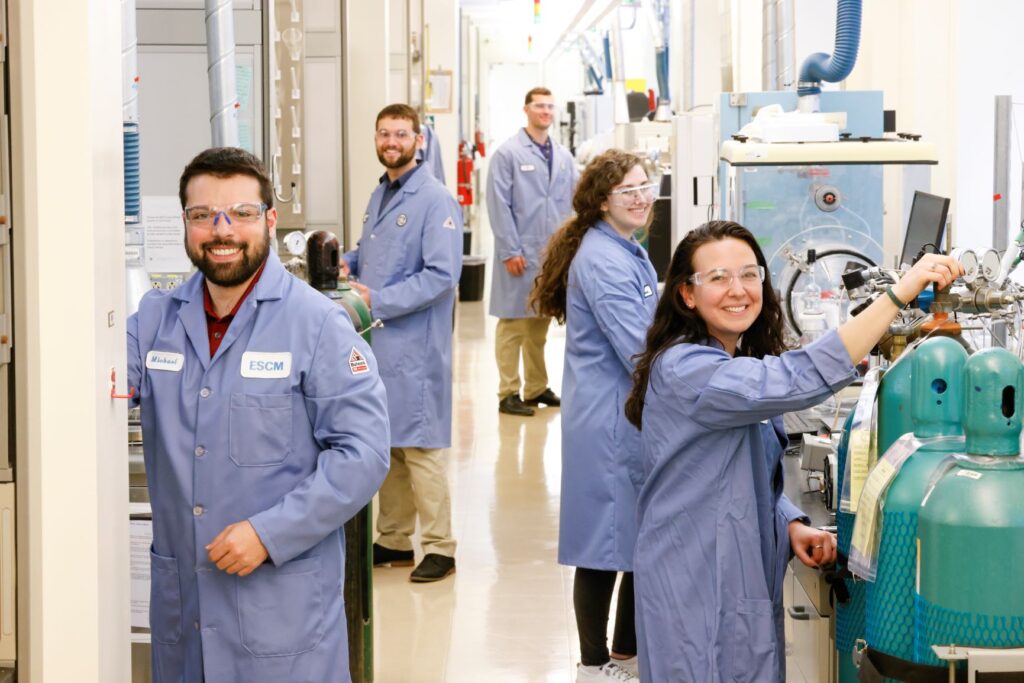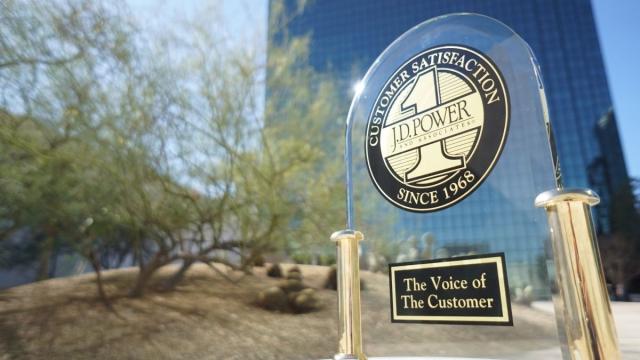GE Successfully Demonstrates Scalable Direct Air Capture System for CO2 Removal

|
Listen to this story:
|
- System employs unique technical approach that brings together GE’s core competencies in heat exchangers, thermal management, and innovative materials
- The Direct Air Capture (DAC) system is part of a much larger effort led by GE’s CAGE (Climate Action@GE) Lab in Niskayuna, NY, to deliver cutting-edge solutions in CO2 capture
- GE’s CAGE Lab involves a carbon capture team of 50+ scientists and engineers, working with the U.S. Department of Energy, ARPA-E, and a host of other industry and university partners on various projects to advance decarbonization solutions
- GE planning for multiple larger scale demonstrations starting in 2024
Following successful testing of its first Direct Air Capture (DAC) prototype unit for carbon dioxide (CO2) removal in the lab, GE announced it is planning larger scale demonstrations in 2024. GE Research and the GE Vernova business have been partnering closely with the U.S. Department of Energy (DOE), the Advanced Research Projects Agency (ARPA-E), and a host of other industry and academic research partners to accelerate new advancements in CO2 removal.
GE’s progress with DAC is one of more than a dozen technologies that the company is highlighting at the 2023 ARPA-E Innovation Summit, which is taking place this week in Washington D.C. Decarbonization, renewables acceleration, and electrification are key topics that GE leaders will be talking about as they engage with more than 2,100 top energy thought leaders from across the nation and beyond.
David Moore, GE’s Carbon Capture Breakout Technology Leader, says the team’s recent success in the lab follows a more than two-year effort to build a world-class breakout team internally and externally with the DOE, ARPA-E and an expanding number of industry and academic partners. “We know that to truly bring an economical, commercial-scale solution in DAC to the market, it will require a collaborative effort with government, industry, and academic partners,” Moore said. “If we do this right, we could have a commercially-deployable DAC solution around the end of this decade.”
See related article: GE Secures Order for HA Power Plant in Greece to Support Energy Transition
GE’s DAC System
GE’s Carbon Capture Technology Breakout Team has developed a unique DAC system that couples its decades of experience designing thermal management solutions and heat exchangers for its power turbines and jet engine platforms with deep chemistry and material systems expertise to develop innovative sorbent materials for CO2 capture. With GE’s DAC system, the thermal management design provides an optimal environment for the sorbent materials to remove CO2 from the air. The team is employing a similar approach in a project with the Defense Advanced Research Projects Agency (DARPA) to capture clean, potable water from extremely arid, desert-like air.
GE scientists and engineers have been working on various projects with multiple partners, including the DOE, ARPA-E, UC Berkeley, U. of South Alabama, TDA Research, and others to drive key advancements in the quality of sorbent materials and thermal management technologies, as they work to scale up their system solution.
The DOE and ARPA-E have been supporting much of the DAC-related work underway, including the two-year, $2 million AIR2CO2 Contactor project (DE-FE0032126) through the DOE’s Office of Fossil Energy and Carbon Management to further this unique system design. GE also is involved with other key projects with the DOE and ARPA-E being led by TDA Research and UC Berkeley, respectively, to advance sorbent and integrated material system technologies involved in DAC. Augmenting the government funding, GE is investing internally in developing and advancing sorbent-based carbon capture solutions as one of the promising pathways to enable the energy transition.






